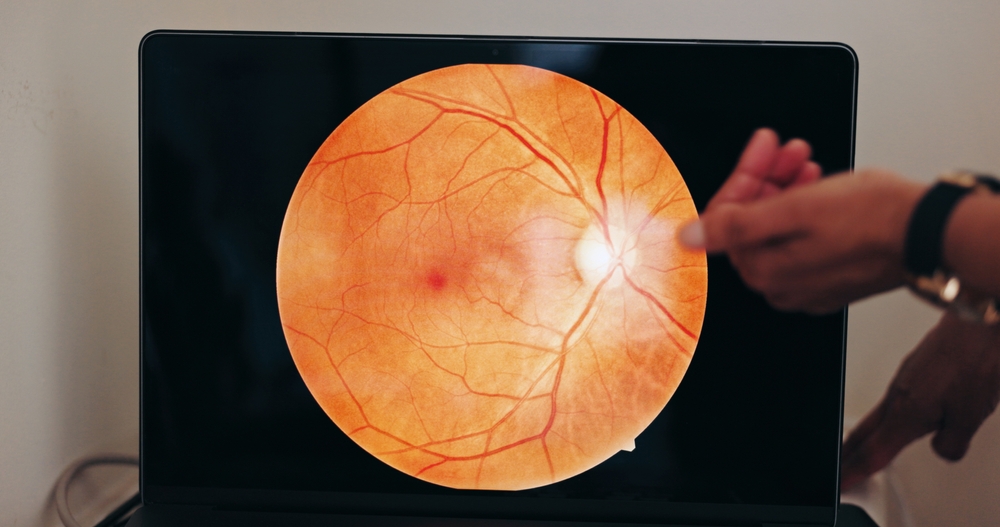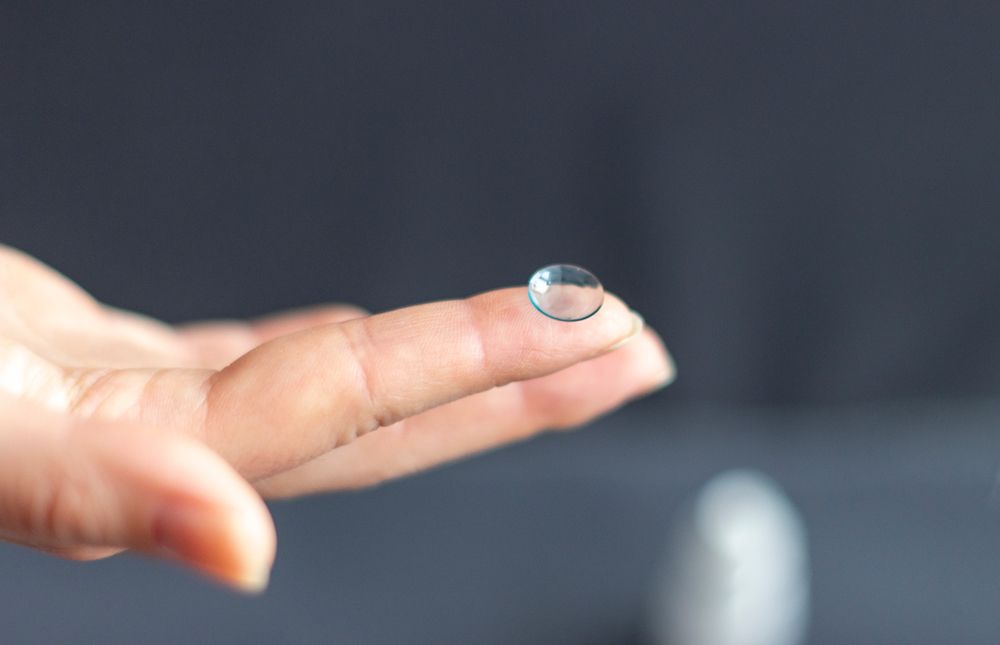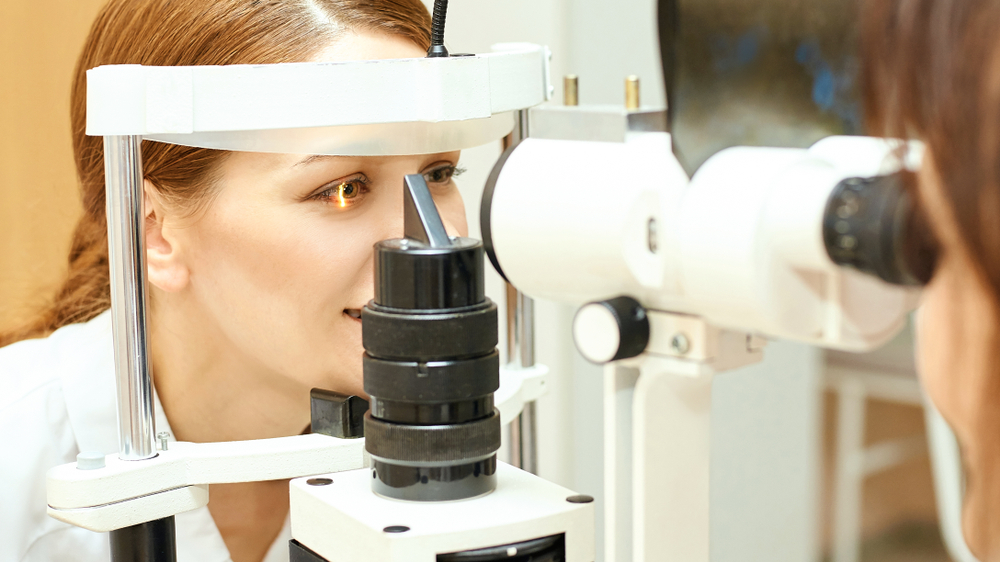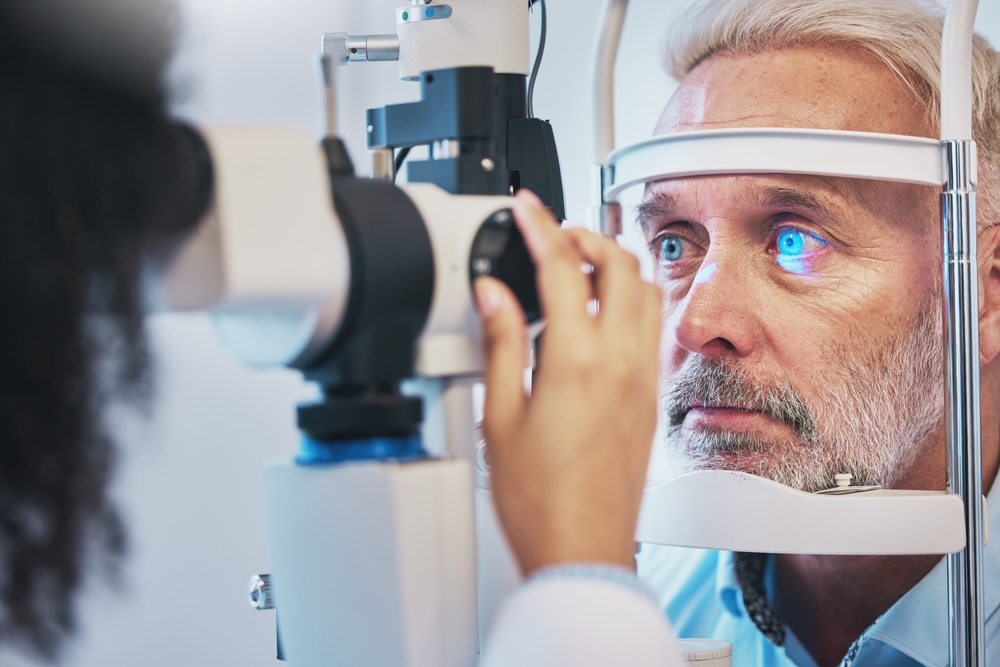Palo Alto Eyes Optometry Blog
Learn more about optometry care in our blog!

Your eyes can reveal far more than just how well you see. Many serious eye diseases develop silently in the back of the eye long before noticeable symptoms appear. At Palo Alto Eyes Optometry, we use Optomap technology as part of our comprehensive eye exams to help protect both your vision and your overall health.

Starting Ortho-K is an exciting step toward clearer, glasses-free daytime vision. After your first night of wearing these specially designed overnight lenses, many patients are surprised by how different the world looks the next morning.

Glaucoma is one of the leading causes of vision loss worldwide, often called the “silent thief of sight” because it can develop slowly and without noticeable symptoms in its early stages. Recognizing the first signs of glaucoma and seeking timely evaluation from an eye doctor are key to preserving your vision.

Contact lenses can be a game-changer for clear vision and freedom from glasses. But finding the right pair isn’t as simple as picking a brand off the shelf.

When you think of an eye exam, you probably imagine checking your vision and updating your glasses prescription. But did you know your eyes can also reveal important clues about your overall health? In fact, your eyes are one of the few places in your body where a doctor can directly view blood vessels and nerves without surgery. This means comprehensive eye exams can uncover early signs of conditions that affect more than just your vision.

Most people are aware of the damage ultraviolet (UV) rays can cause to their skin, but far fewer realize how harmful these invisible rays can be to their eyes. Prolonged exposure to UV radiation, whether on sunny days or even when it’s cloudy, can lead to serious eye problems over time. Understanding the risks and how to protect your eyes is crucial for maintaining long-term eye health.

Orthokeratology, commonly known as Ortho-K, is a non-surgical vision correction method that has gained popularity among both children and adults seeking freedom from glasses or daytime contact lenses. Let’s explore how it works, its benefits for different age ranges, and what patients can expect from the fitting process.

Glaucoma is one of the leading causes of irreversible vision loss, often referred to as the “silent thief of sight” because it can progress without noticeable symptoms in its early stages. At Palo Alto Eyes Optometry, we emphasize the importance of early detection, especially among seniors, who are at greater risk of developing glaucoma. Understanding the early signs and prioritizing routine medical eye exams can help preserve your vision for years to come.

If you’ve recently been prescribed specialty contact lenses, you may be wondering how long it will take to adjust. Unlike traditional soft lenses, specialty contacts are designed to address specific vision challenges and may require a longer adaptation period. At Palo Alto Eyes Optometry, we’re here to help you navigate the transition and make your experience as comfortable and successful as possible.

At Palo Alto Eyes Optometry, we’re proud to participate in the InfantSEE® program, a public health initiative designed to provide free, comprehensive eye exams for infants between 6 and 12 months old. This early assessment is vital in detecting vision issues before they can impact your child’s development.








